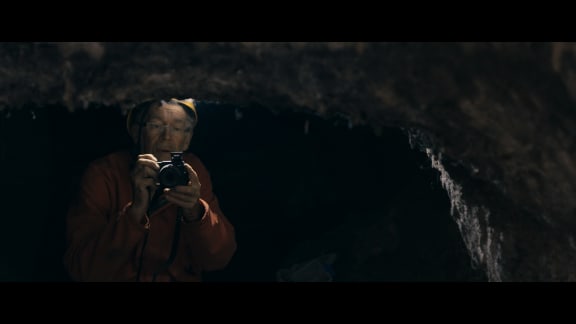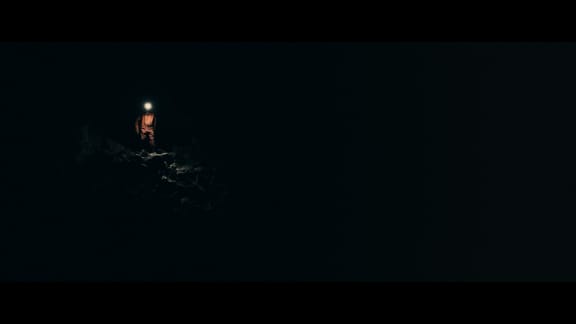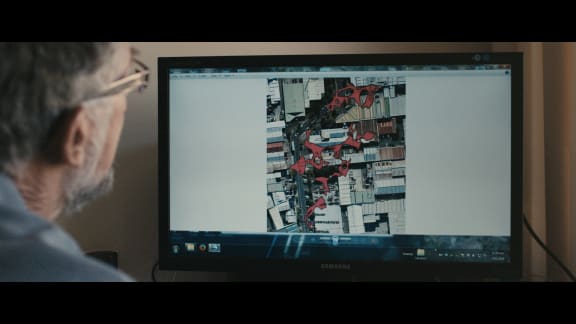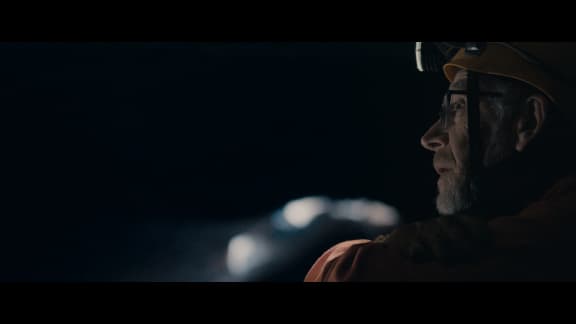Underneath our biggest city lies an extensive network of lava caves which are under threat, says speleologist Peter Crossley.
Entrances to the underground caves can be found in the most usual suburban places – backyards, under manholes and beneath school grounds.
Crossley tells Nine to Noon's Kathryn Ryan that over five decades he's either catalogued, found or been into every cave in metropolitan Auckland, around 250 of them.
Crossley's love of caving may date back to his English childhood in the 1940s, he says.
"My mum had a homemade cake shop. When the air raid sirens went, she'd put me into the cold ovens for safety."
Cavers aren't fearless in enclosed places, he says, but fear is part of the excitement.
Unlike claustrophobics – "an unreasoned fear" – most cavers have experienced the reality of a jam.
"They know what it's like if you get stuck … Yes, I have been stuck. I think all cavers have been stuck, but very few permanently.
It's necessary to be a "cold fish"...
"You've got to have a reptilian mind and be able to clamp down on all emotions in a cave situation where you're a little bit stuck and you can't go straight up to get to the air."
..and of course adventurous.
"You go in there and it's that dark passage leading off and you don't know what's at the far end of it. For a caver, it's almost impossible to stop. You just see that darkness, or whatever it is, and keep on going."
So how were Auckland's lava caves created?
"Imagine a volcano, and it's erupting and there's lava spewing up and running down the hillsides – Rangitoto, the Aucklanders can think of that – as the lava flows down the hillside the top crusts over, and the lava continues on down inside it, underneath that crust. Eventually, the lava stops flowing, the middle drains out and you're left with a tube."
The lava caves in Auckland are up to 1 - 2.5 metres around and 200 or 300 metres long, Crossley says.
This is modest compared to Hawaii, where the caves are created by lava flowing for months or even years. The longest in the world (on Hawaii's Big Island) is about 50 kilometres long and just over 1,000 metres high.
The walls of the caves around Auckland can be very colourful, he says – "Imagine a room with rimu panelling around the sides with black and white streaks" – and in leafy areas feature dangling tree roots.
Although Crossley makes underground caving sound like fun, he doesn't advise non-cavers to go looking for the caves.
On Rangitoto Island, they are now much harder to find than they were in the past, he says, due to the vegetation that has sprung up since the removal of wallabies and possums.
"Once you're off the tracks it's really quite dangerous, and there are holes and chasms which you could fall into."
Many of Auckland's lava caves predate the arrival of Europeans, and some feature in Māori legend.
A tribe in the area that is now Mount Albert were once besieged and took shelter in a cave overnight. All but the chief managed to burrow through a hole in the back of it and escape to Meola Reef.
In a coincidental twist, the house that was built over the entrance to that cave in the early 1900s was used as an air raid shelter during WWII.
Early Māori used almost all of the accessible caves as burial sites, he says, but there is little evidence of this now. Many of the remains were looted in the 19th century – some were even removed to be ground for fertiliser.
The caves have historic value for both Māori and pakeha, Crossley says.
"I hope that, with others, I have got the council recognising that they're part of Auckland's heritage, because they are … I hope that I have managed to at least record them so no more will be destroyed."
A short documentary about Peter's life's work called Meet Peter will screen in Wellington and Auckland next month as part of the Doc Edge International Film Festival.









